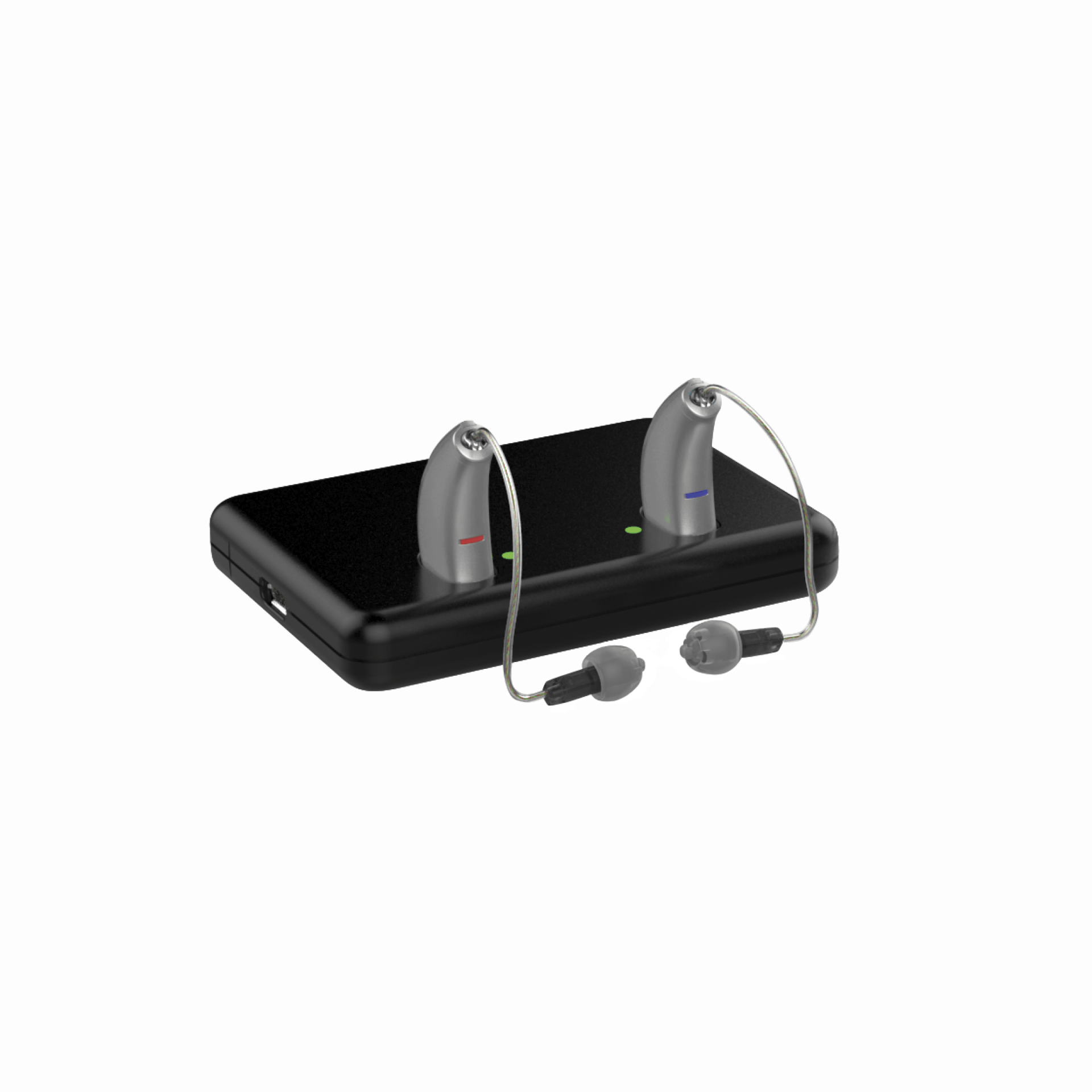SIGNS OF HEARING LOSS
We know it’s not always easy to recognise if you‘re losing your hearing or even make time to discuss about it but it is important to seek professional hearing care advice if you experience any of the below.
- Difficulty hearing people clearly
- Misunderstanding what people say
- Asking people to repeat
- Watching TV loudly / Listening to music loudly
- Concentrating hard to hear what people are saying
TYPES OF HEARING LOSS
TYPES OF HEARING AIDS WE OFFER
With so many different hearing aids available, it can be difficult to know which one is right for you. At Ealing Hearing Centre, we are a fully independent practice which means we are not affiliated or tied down to specific hearing aid manufacturers. We select the best solution for you considering your lifestyle and budget, irrespective of manufacturers. With over 25 years’ experience in the industry, we make it easy for you to reach a decision with our experience and expert knowledge.
Our range of aftercare services are flexible and put you in control of your care.
There are a host of hearing aid types and technologies available:




